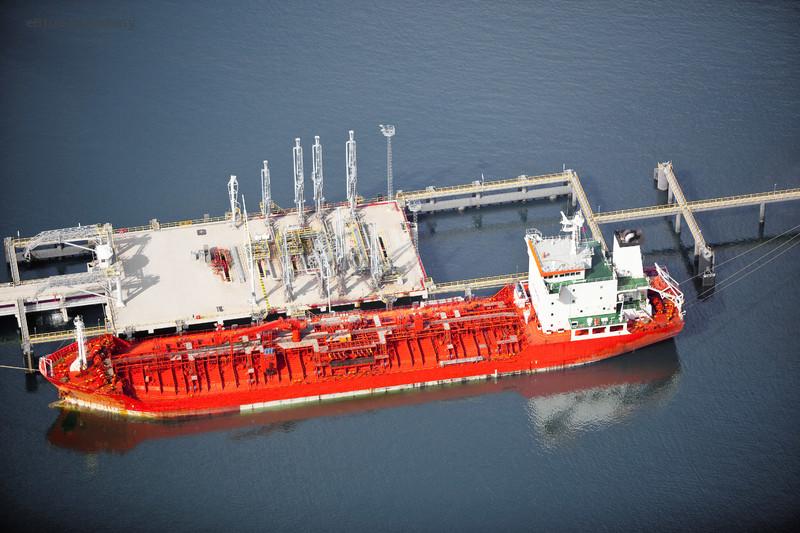About 200 vessels were supplied with contaminated bunker fuel in the Port of Singapore during the latest fuel supply scandal.
MPA also intends to submit a paper on the fuel contamination with COC to the International Maritime Organization for the members’ awareness.
The Maritime and Port Authority of Singapore (MPA) said that, of these, about 80 ships had reported various issues with their fuel pumps and engines.
The MPA was notified on 14 March 2022 that a number of ships had been supplied with high sulphur fuel oil (HSFO) in the Port of Singapore that contained high concentration levels of chlorinated organic compounds (COC). MPA immediately contacted the relevant bunker suppliers to take the necessary steps to stop supplying the affected fuel.
It also moved quickly to inform all the ships that had been supplied with the fuel to exercise caution when using it. Preliminary investigations conducted by MPA revealed that the affected fuel – a blended product, was supplied by Glencore Singapore.

Glencore informed the MPA that, on receiving reports of its fuel being contaminated, it proceeded to test the fuels supplied by its sources used in its blended product, and discovered that one of them that was sourced from overseas had contained about 15,000 ppm of COC. By the time of testing, Glencore had already sold part of the affected fuel to PetroChina International (Singapore)(PetroChina), which in turn, had supplied to ships in the Port of Singapore.
MPA conducted fuel sample tests for some of the affected ships and found elevated levels of COC in their fuel samples. The MPA noted that this was the first case of fuel contamination due to high concentration levels of COC reported in Singapore in the past two decades.
MPA has said that it was currently in discussions with the industry on implementing additional fuel quality checks that would screen for unacceptable chemicals.
MPA also intends to submit a paper on the fuel contamination with COC to the International Maritime Organization for the members’ awareness.
“As a major bunkering hub, MPA takes bunker quality assurance seriously and will not hesitate to take necessary actions against relevant parties if they have failed to comply with MPA’s bunker license conditions or other applicable regulations,” MPA said.
The contaminated fuel outbreak could keep lawyers employed for years to come. Fuel tester VPS confirmed earlier that at least 60 HSFO ships had been impacted.
All 60 ships were bunkered with two fuel suppliers in Singapore from a total of 12 delivery barges between mid-February and mid-March. In total VPS had identified 140,170 tonnes of contaminated fuel worth some $120m.

Cooper noted that standard ISO 8217 test methods were not sufficient to detect these contamination events. Gas chromatography-mass spectrometry (GCMS) screening was seen as the most effective method of detecting chemical contaminants in bunker fuel, including chlorinated hydrocarbons.
The last major contaminant outbreak was in Houston in 2018 and the lawsuits from that event are still ongoing.
Skuld said in an update a couple of weeks ago that it had received an increased number of P&I and hull claims related to HSFO stemming from Singapore and which were found to be contaminated with chlorinated compounds. These had resulted in damage to fuel injection pumps, injectors, filter elements, and purifier systems. “Organic Chlorides are not naturally present in crude sources and their presence in marine fuels is a cause of concern,” said Skuld.














